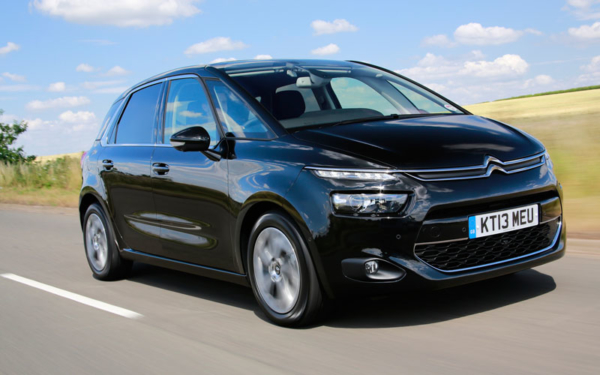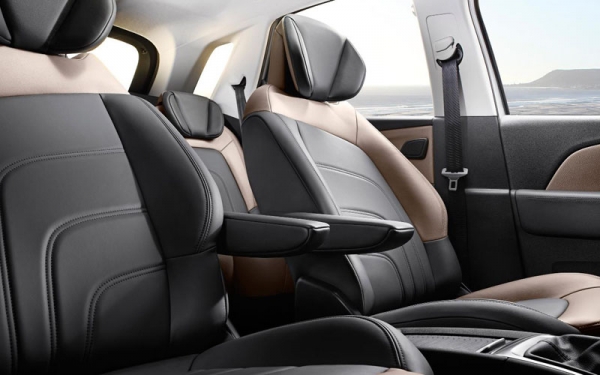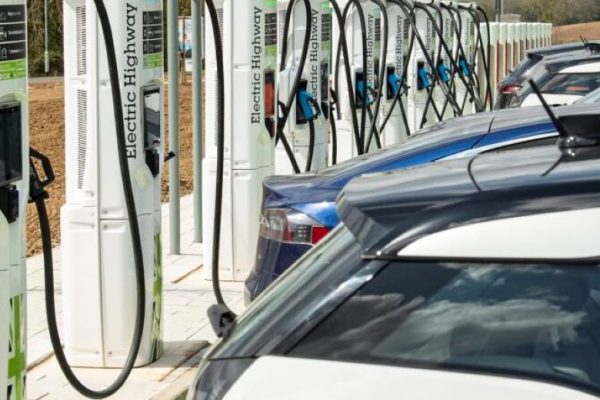
WE’RE living in a world where we are increasingly aware of the effect of industrialisation on the planet and its atmosphere.
Whilst factories and power generation plants are often highlighted as some of the worst offenders when it comes to causing damage to the environment, we should not underestimate the cumulative effect of our cars on the air we breathe and the world around us.
According to the Environmental Protection Agency, road traffic accounts for around one fifth (22%) of all carbon dioxide emissions in the UK – with cars making up some 82% of the 34 million vehicles that are used on the nation’s roads.
With the recent downturn in the world’s financial affairs, businesses are also becoming more concerned about the economic climate and are looking to save costs whereever possible. There is one scheme that can help out in both these hot button areas – carpooling – where workers take turns to drive their co-workers to their place of employment.
How does carpooling work?
Carpooling is a very simple idea. Instead of many people travelling to their work place in their own vehicles, those people all club together and travel to work in one vehicle.
This may require a little more travel at the beginning and end of the day, as the elected driver will need to pick up each individual worker and drop them off when the working day is over, but this small increase in their driving time will not effect the overall reduction in car use that’s created by this practice.
There are many ways in which this can work financially – drivers can take turns doing different days or weeks of the month, or one person can drive every day, and the passengers can pay a fair percentage of the petrol costs.
Part of the beauty of this idea is that it is so simple – it doesn’t require a huge amount of thought to work out. For instance, if one person has a day when they like to go shopping in the evening – then make this their driving day, so after all the passengers have been dropped off at their final destinations, the driver can then go to the supermarket and pick up their weekly shop.

The history of carpooling
Obviously carpooling is a 20th century practice – it first appeared in America in World War II, where people were encouraged to take passengers on journeys or to plan trips together in order to make the most efficient use of petrol, thus helping the massive war effort that supported the army, navy and air force in Japan and Europe.
This practice then reappeared in the States in 1973 thanks to the oil crisis, which saw many large car manufacturers running carpooling programmes for their employees in an attempt to lead society towards the practice through example.
Now, in modern times carpooling is again resurfacing as a solution to both financial and environmental concerns – the fact that we’ve returned to this idea time and time again is proof of its effectiveness during hard times.
Government targets
There is an EU directive in place for all member states to reduce their carbon emissions to 95g/km by 2020.
In the UK, we have managed to reduce this amount to 133g/km in 2012, but there is obviously more work to be done here.







